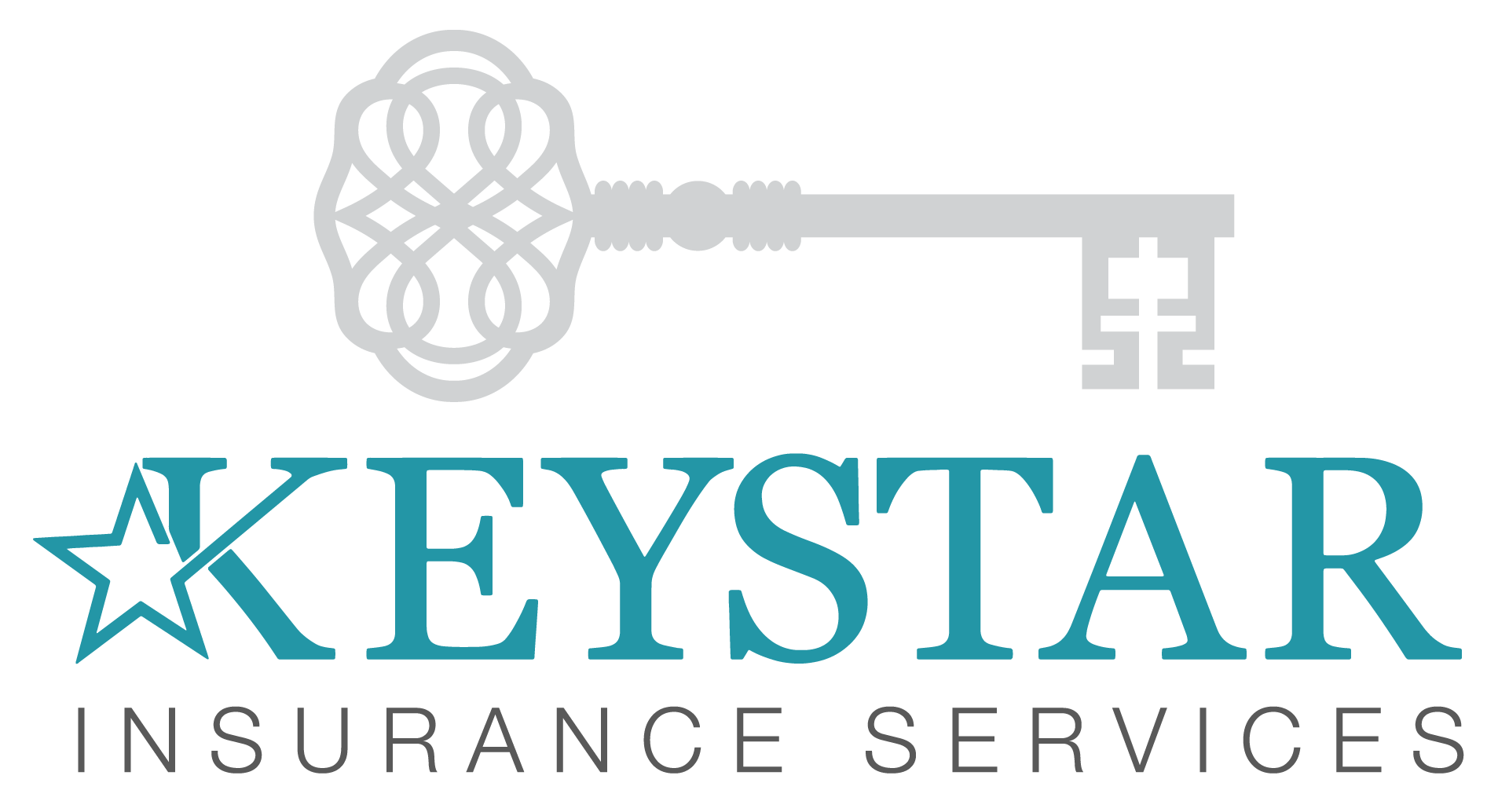




The insurance policies offered by Keystar Insurance respond globally, and to claims brought electronically – including the internet – something most standard policies will not.
Coverages available to technology companies:
- Technology Errors & Omissions
- Cyber Liability
- General Liability (for tech companies)
- Intellectual Property
- Excess Liability
- Property / Marine
- Automobile
- Workers Compensation
- Employment Practice Liability
- Directors & Officers Liability
- Workplace Violence
Eligible Technology Industries (though not limited to):
- ISP/ASP Providers
- LAN Administrators
- Technology Consultants
- Web Designers
- Local Exchange Providers
- VoIP Providers
- Hardware and Software Providers
- Tech Manufacturing Companies (including Med Tech)
- Optic

Unauthorized Access
Read Scenario
Human Error
Read Scenario
and social security numbers to strangers. Approximately 50% of the landlords who work with the community action corporation received their forms in addition to the private information of the others.
Theft of Digital Assets
Read Scenario
Cyber Extortion Threat
Read Scenario
such vulnerability. The hacker advised if the requested payment
was not made he would post the records of millions of registered users on a blog available for all to see. The extortion expenses and extortion monies are expected to exceed $2M.
Privacy Breach
Read Scenario
fines and penalties imposed by the state as well as extend $890,000 in customer redress funds for credit monitoring on behalf of the victims.
Malicious Code
Read Scenario

Unauthorized Access
Read Scenario
Human Error
Read Scenario
and social security numbers to strangers. Approximately 50% of the landlords who work with the community action corporation received their forms in addition to the private information of the others.
Theft of Digital Assets
Read Scenario
Cyber Extortion Threat
Read Scenario
such vulnerability. The hacker advised if the requested payment
was not made he would post the records of millions of registered users on a blog available for all to see. The extortion expenses and extortion monies are expected to exceed $2M.
Privacy Breach
Read Scenario
fines and penalties imposed by the state as well as extend $890,000 in customer redress funds for credit monitoring on behalf of the victims.
Malicious Code
Read Scenario




What is Cyber Insurance?
What does Cyber Insurance cover?
- Notifying customers about a data breach
- Restoring personal identities of affected customers
- Recovering compromised data
- Repairing damaged computer systems
Most states require companies to notify customers of a data breach involving personally identifiable information – a process that can be very expensive. And even though most states don’t require companies to offer free credit monitoring following a breach, such a gesture goes a long way with public relations.
What is a data owner?
defines and provides information about the rightful owner of data assets and the acquisition, use and distribution policy
implemented by the data owner. Employers have at least some of the above information on all of their employees.
What kind of information is at risk?
• Credit Cards, Debit Cards, and other payment information
• Social Security Numbers, ITIN’s, and other taxpayer records
• Customer Transaction Information, like order history, account numbers, etc.
• Protected Healthcare Information (PHI), including medical records, test results, appointment history
• Personally Identifiable Information (PII), like Drivers License and Passport details
• Financial information, like account balances, loan history, and credit reports
• Non-PII, like email addresses, phone lists, and home address that may not be independently sensitive, but may be more
sensitive with one or more of the above
Employee Information
• Employers have at least some of the above information on all of their employees
Business Partners
• Vendors and business partners may provide some of the above information, particularly for Sub-contractors and
Independent Contractors
• All of the above types of information may also be received from commercial clients as a part of commercial transactions or
services
• In addition, B2B exposures like projections, forecasts, M&A activity, and trade secrets
What is a data breach?
Who is at risk?
What is the average cost?
Won’t my general liability policy cover cyber liability?
Who needs Cyber Insurance?
Cyber Insurance facts.
A data breach can damage more than just your small-business computer system – it also can damage your reputation and put your customers and/or employees at risk. That’s why cyber insurance can be a smart precaution for any size business.
You understand the value of protecting your business. Business safety and loss control are necessary components of a complete business plan. That’s why planning, prevention and a safety-first attitude is also good for your business.


Recent events have proven that nobody is safe from the threat of cybercrime – not large corporations, small businesses, startups, government agencies or even presidential candidates.
Small and mid-sized businesses are hit by 62 percent of all cyber-attacks, about 4,000 per day, according to IBM. Cybercriminals target small businesses because they are an easy, soft target to penetrate. They steal information to rob bank accounts via wire transfers; steal customers’ personal identity information; file for fraudulent tax refunds; and, commit health insurance or Medicare fraud.
Recent events have proven that nobody is safe from the threat of cybercrime – not large corporations, small businesses, startups, government agencies or even presidential candidates.
Small and mid-sized businesses are hit by 62 percent of all cyber-attacks, about 4,000 per day, according to IBM. Cybercriminals target small businesses because they are an easy, soft target to penetrate. They steal information to rob bank accounts via wire transfers; steal customers’ personal identity information; file for fraudulent tax refunds; and, commit health insurance or Medicare fraud.


So what can you do besides pray?
Basic training can stop a majority of low-level threats. But, coaching your employees on data protection is not enough. Business owners must establish data security protocols, policies, practices and procedure that every employee takes seriously.
Create a business continuity and incident response plan.
Keep security software current.
When in doubt, delete it.
Protect all devices that connect to the Internet.
Plug and scan.
Consider cyber insurance.
Expand beyond IT.
Encrypt your most sensitive files.
Websites hacked. Corporate data leaked. Identities stolen. The threats are real and growing. Small business owners have to assume they will be victims of cybercriminals since 75 percent of all organizations have experienced a data/cyber security breach in the past 12 months and 82 percent of all Social Security numbers have been hacked more than once. Cybercrime is now the world’s largest business running in the trillions of dollars. So far the “bad guys” are winning.
So what can you do besides pray?
Basic training can stop a majority of low-level threats. But, coaching your employees on data protection is not enough. Business owners must establish data security protocols, policies, practices and procedure that every employee takes seriously.
Create a business continuity and incident response plan.
Keep security software current.
When in doubt, delete it.
Protect all devices that connect to the Internet.
Plug and scan.
Consider cyber insurance.
Expand beyond IT.
Encrypt your most sensitive files.
Encryption may be hardware or software based. Hardware encryption and decryption processes are executed by a dedicated processor on the hardware encrypted device. In software encryption, the resources of the device on which the software is installed are used to encrypt and decrypt the data.
Websites hacked. Corporate data leaked. Identities stolen. The threats are real and growing. Small business owners have to assume they will be victims of cybercriminals since 75 percent of all organizations have experienced a data/cyber security breach in the past 12 months and 82 percent of all Social Security numbers have been hacked more than once. Cybercrime is now the world’s largest business running in the trillions of dollars. So far the “bad guys” are winning.



Network Security Liability
Learn More
computers; or transmission of viruses to third party computers and systems.
Identity Theft Response Fund
Learn More
Cyber Extortion
Learn More
use the confidential information taken from the Insured, introduce malicious code into the company’s computer system; corrupt, damage or destroy company’s computer system, or restrict or hinder access to the company’s computer system.
Privacy Liability
Learn More
corporate information identified a confidential and protected under a nondisclosure agreement and unintentional violation of privacy regulations.
Network Business Interruption
Learn More
suspension of its systems due to a failure of network security to prevent a security breach.
Social Engineering Fraud
Learn More
should consider insurance coverage tailored to address these risks.
Insurers are now offering the option of purchasing a sub-limit for social engineering fraud coverage as an add on to an insured’s existing crime insurance policy subject to an
additional premium.
More insurers are currently sub-limiting coverage for this exposure to
a maximum limit of $250,000 and subject to a deductible.
Some insurers may also have restrictions in their coverage as it relates to covered claims for this exposure (ie. supplier/customer verification requirements).
Regulatory
Learn More
entity in connection with an investigative demand or civil proceeding regarding actual or alleged violation of privacy laws.
Data Asset Protection
Learn More
Public Relations
Learn More

Network Security Liability
Learn More
computers; or transmission of viruses to third party computers and systems.
Identity Theft Response Fund
Learn More
Cyber Extortion
Learn More
use the confidential information taken from the Insured, introduce malicious code into the company’s computer system; corrupt, damage or destroy company’s computer system, or restrict or hinder access to the company’s computer system.
Privacy Liability
Learn More
corporate information identified a confidential and protected under a nondisclosure agreement and unintentional violation of privacy regulations.
Network Business Interruption
Learn More
suspension of its systems due to a failure of network security to prevent a security breach.
Social Engineering Fraud
Learn More
should consider insurance coverage tailored to address these risks.
Insurers are now offering the option of purchasing a sub-limit for social engineering fraud coverage as an add on to an insured’s existing crime insurance policy subject to an
additional premium.
More insurers are currently sub-limiting coverage for this exposure to
a maximum limit of $250,000 and subject to a deductible.
Some insurers may also have restrictions in their coverage as it relates to covered claims for this exposure (ie. supplier/customer verification requirements).
Regulatory
Learn More
entity in connection with an investigative demand or civil proceeding regarding actual or alleged violation of privacy laws.
Data Asset Protection
Learn More
Public Relations
Learn More


What is Social Engineering Fraud?
through the use of “social engineering” – a collection of techniques used to manipulate people into performing actions or divulging confidential information.
What processes are at risk?
- Point of sale purchases debit/credit cards – retail
- ATM transactions – banking
- E-commerce and online sales
- Electronic business communications
- Many others!
What is a Social Engineer?
What are some examples of Social Engineering Schemes?
A few common examples include:
- Messages from Trustworthy Sources
- Phishing Schemes
- Baiting Scenarios
- Impersonating Superiors
Does traditional crime insurance cover Social Engineering Fraud?
An insured seeking to cover the risk of loss from social engineering should consider insurance coverage tailored to address these risks.

Pages

